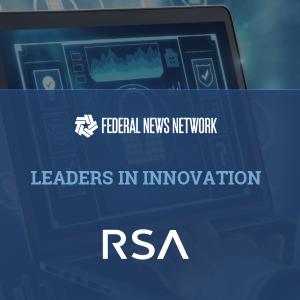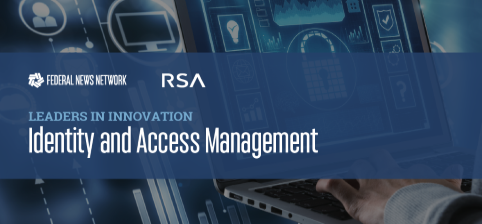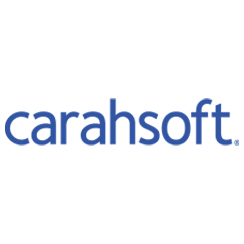Agencies have been learning the importance of identity and access management for nearly two decades, but, like many technological evolutions, the coronavirus pandemic has encouraged adoption on an entirely new scale. As remote work became the norm, agencies adapted to use technology like smart identity cards in new ways, enabling capabilities like digital signatures. These new features are secured by the common access card (CAC) in the Department of Defense (DoD) or the Personal Identity Verification (PIV) card in the civilian environment, and all follow the principles and strategies of identity and access management.
Learn more: 8 cybersecurity experts from across the Federal government and industry discuss identity and access management in the latest Leaders in Innovation report.
Shane Barney, the Chief Information Security Officer at the U.S. Citizenship and Immigration Services in the Homeland Security Department, said as agencies move to the cloud, a new common framework focused on data around identity credentialing and access management is necessary.
“I know GSA is working toward that. I’m excited to see where we are heading with that, honestly, because we’ve been working in the identity world for quite a while now, very early on adopting some of those frameworks and trying to figure out a standard and hoping we are getting it right, and I think we’ve made good decisions, we made a couple of errors along the way and more good lessons,” he said in an executive brief sponsored by RSA and Carahsoft.
COVID-19 Has Also Highlighted Challenges
While agencies adapted to renewing or extending smart card authorizations, the pandemic made clear that other form factors must play a larger role in the months and years ahead, especially as agencies move toward a zero trust architecture.
Steve Schmalz, the Field Chief Technology Officer of the Federal Group at RSA, said agencies, like the commercial world, are starting to understand how cloud and remote workers are making the perimeter disappear.
“Zero trust is a fantastic conceptual way of dealing with that and talking about how you have to make sure to authenticate closer to the resource or make use of attributes and entry based access control to determine whether or not somebody should be allowed access to a particular resource,” Schmalz said, “That process of implementing attribute-based access control, looks like what you would have to do to implement a full zero trust architecture, where before individuals or processes get access to another resource, you have to check, you have to do some authentication.”
 The Future of FIDO
The Future of FIDO
The changes happening, whether at DoD, the U.S. Army or across GSA’s shared services, are not going unnoticed by the National Institute of Standards and Technology (NIST). David Temoshok, the NIST Senior Policy Advisor for Applied Cybersecurity, said the standards agency is updating the Federal Information Processing Standards (FIPS) 201 document to allow for new kinds of tokens such as those from FIDO Alliance.
“As FIDO continues to mature as an organization in standardizing secure authentication processes, one of the things that they have established is a certification program for devices to both be certified for conformance to the FIDO specifications, but also to evaluate the security because FIDO tokens and the FIDO authentication processes use cryptographic keys for cryptographic authentication processes, which are very secure, very resistant to man-in-the-middle and phishing attacks,” he said. “We would be recommending their use for both external authentication processes, but also internal, where it’s convenient for agencies to use that.”
Connecting the Dots with ICAM
Along with NIST’s FIPS-201 update, the Homeland Security Department has made identity the center of its continuous diagnostics and mitigation (CDM) program. Rob Carey, the vice president and general manager for global public sector solutions at RSA, said what continues to become clear throughout this discussion and use of identity credential and access management (ICAM) is the old way of “one type of approach for all” continues to be proven unworkable.
“We’ve used the term to any device, anytime, anywhere, and DoD for probably 20 years now. Now we’re at the precipice of delivering that. As you validate, authenticate, the question is the back end, how are the systems and the business processes embracing this authorization to move forward to allow the right people to access the ERP or the financial management system,” Carey said, in a panel discussion sponsored by RSA and Carahsoft. “How are we connecting those dots with this somewhat new and better framework that we’ve talked about using role-based access, attribute-based access control?”
As agencies continue to prioritize zero trust architecture, the growth of identity and access management will only become more prevalent. Download the full Leaders in Innovation report to hear from agency leaders at UCIS, CISA, U.S. Army, DHS, DoD, GSA and NIST on how they’re tackling the challenges and reaping the benefits of identity and access management.







